Complete History of the Sistine Chapel
Follow the story of papal patronage and Michelangelo’s creation of one of the world’s most iconic ceilings.
Table of Contents
Origins & Early Papal Commission
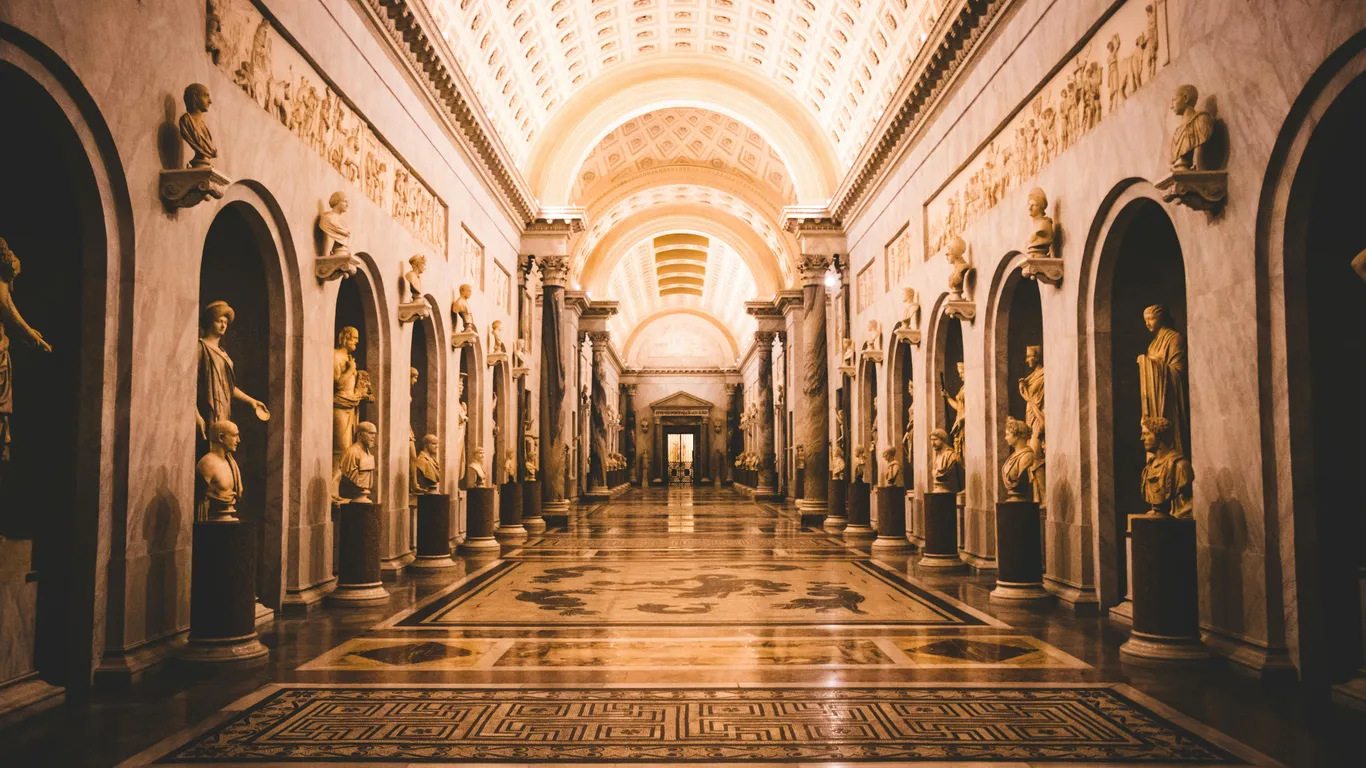
The Sistine Chapel was commissioned by Pope Sixtus IV in 1473 to serve as the papal chapel for Vatican ceremonies.
The initial design and construction reflected Renaissance ideals, emphasizing harmony, proportion, and religious symbolism.
Construction under Pope Sixtus IV
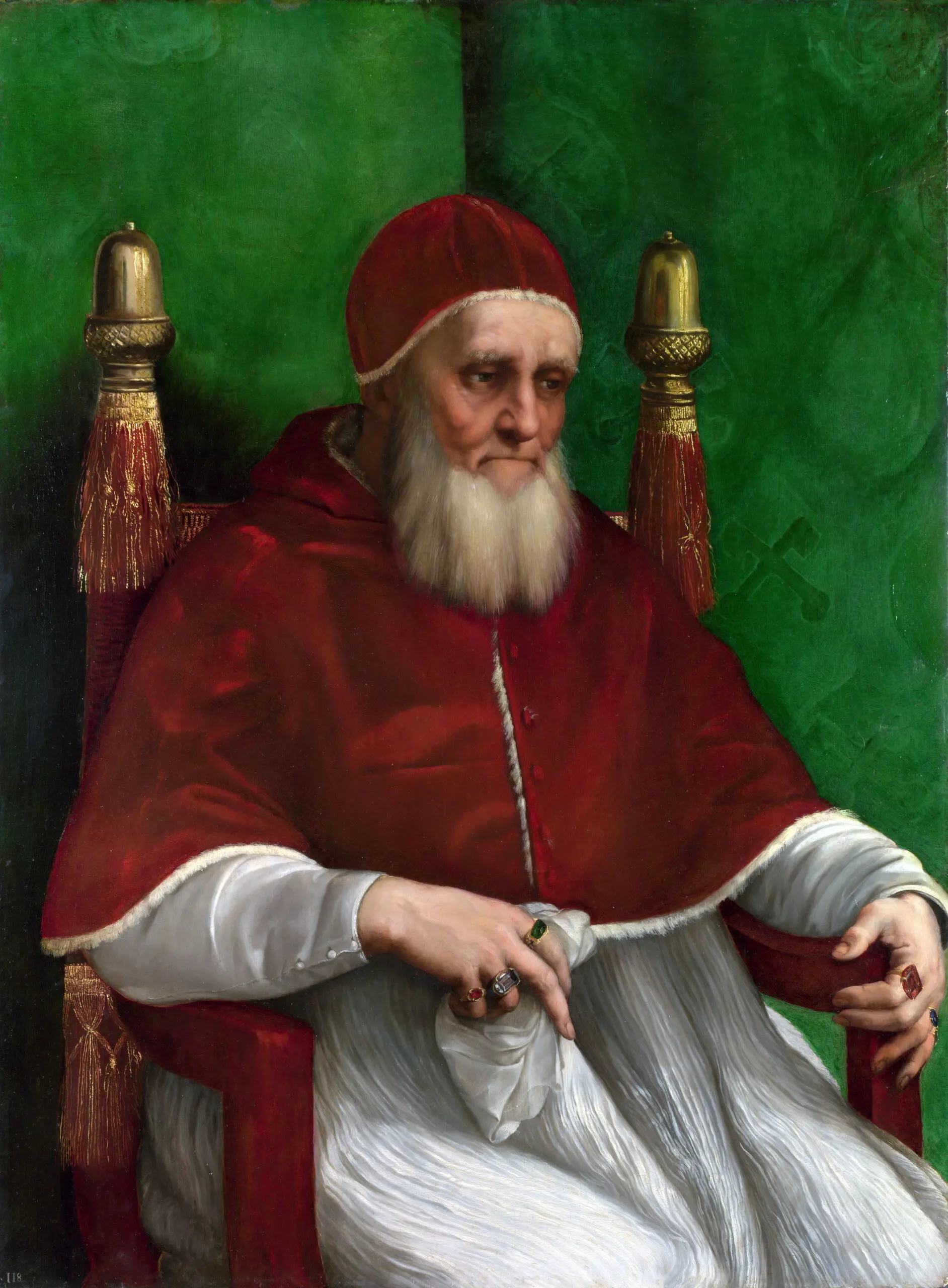
Construction of the chapel took place from 1473 to 1481, establishing a space for papal ceremonies and religious functions.
The chapel’s architecture set a precedent for combining functionality with artistic grandeur.
Michelangelo’s Ceiling Frescoes
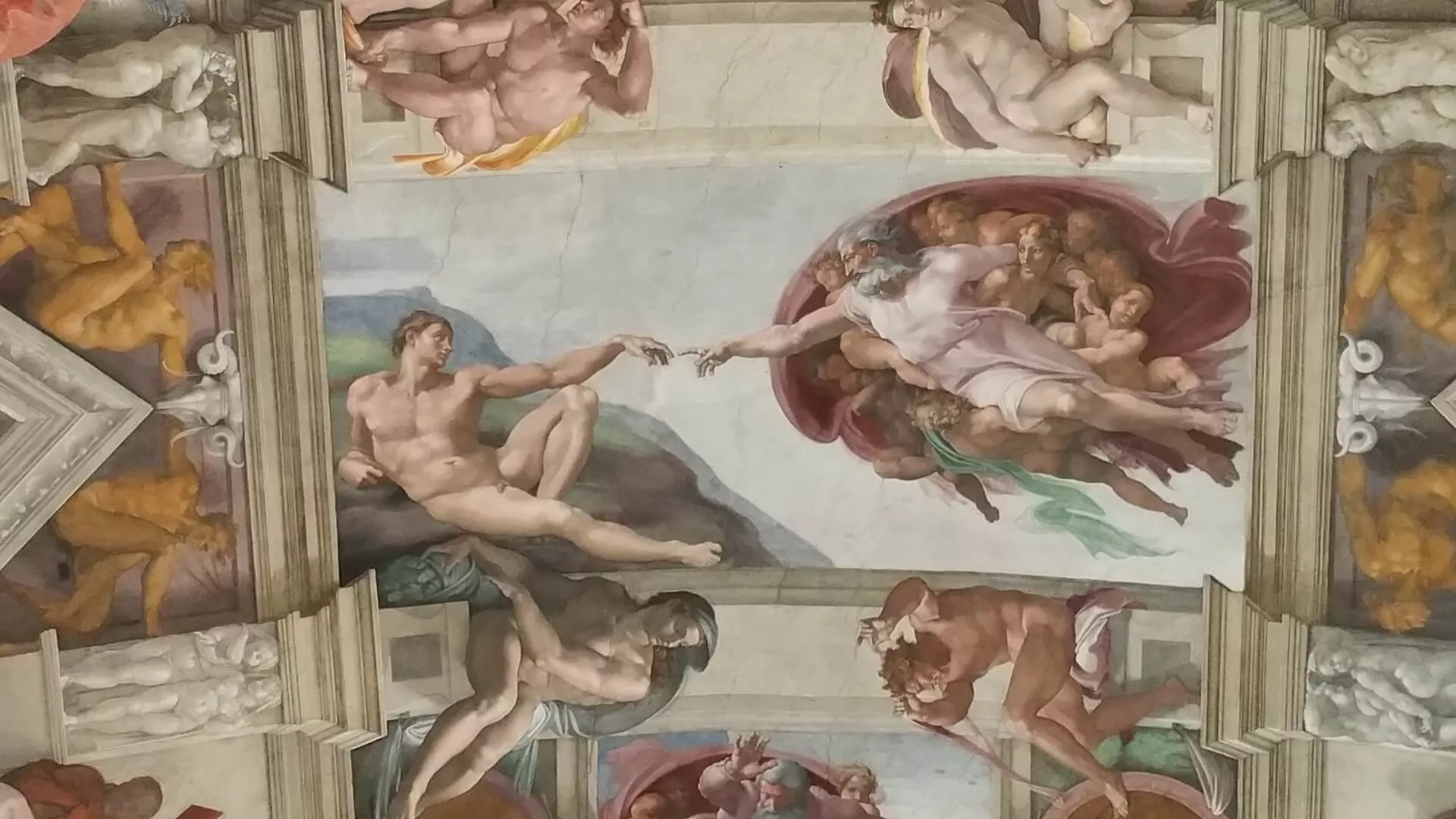
Between 1508 and 1512, Michelangelo painted the ceiling frescoes depicting scenes from Genesis, creating a landmark of Renaissance art.
The combination of anatomical precision, dramatic storytelling, and spiritual depth cemented Michelangelo’s legacy.
The Last Judgment & Later Additions
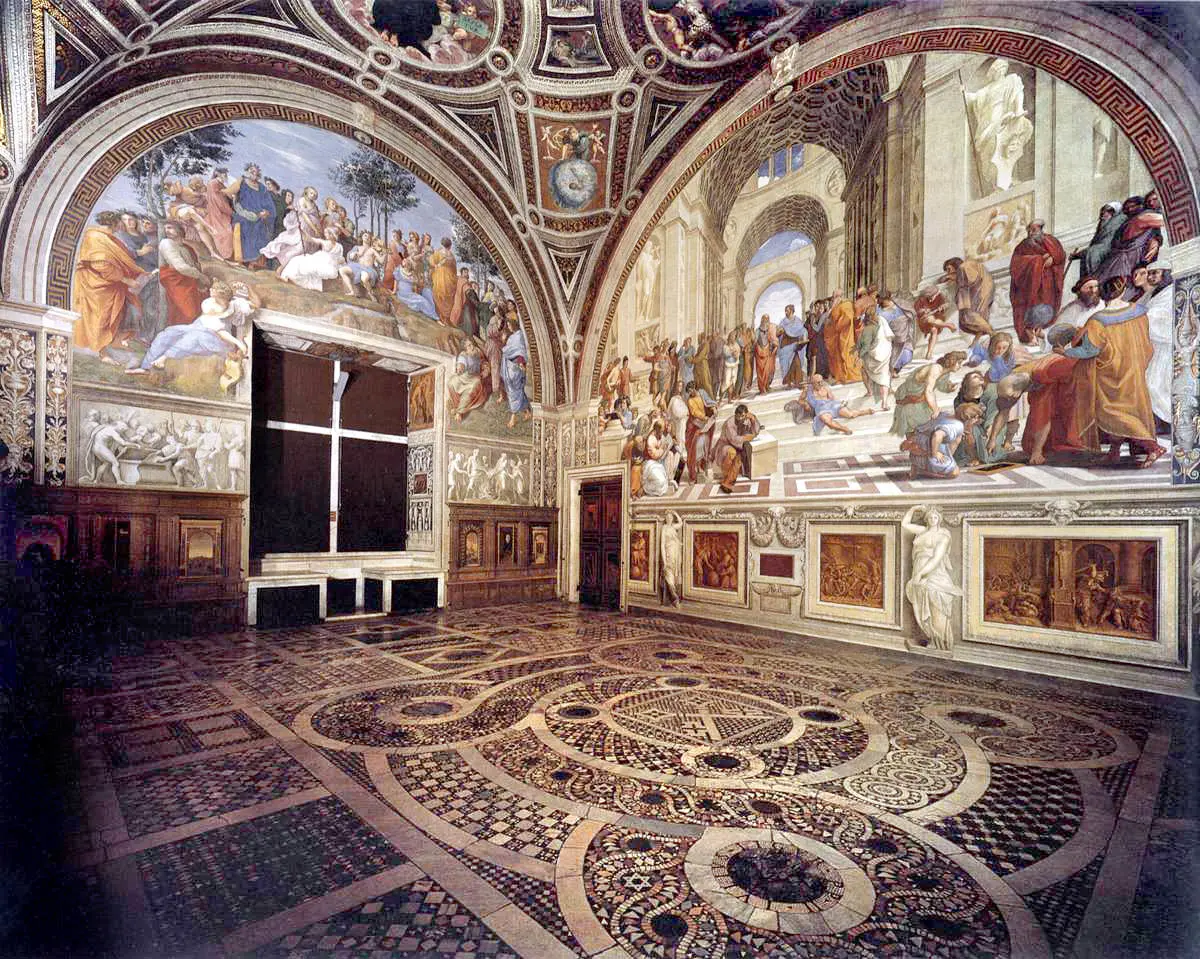
Completed in 1541, The Last Judgment adorns the altar wall, showcasing dynamic figures and theological themes.
Additional artworks, including decorative details by other artists, enriched the chapel’s interior over the centuries.
Restoration and Preservation Efforts
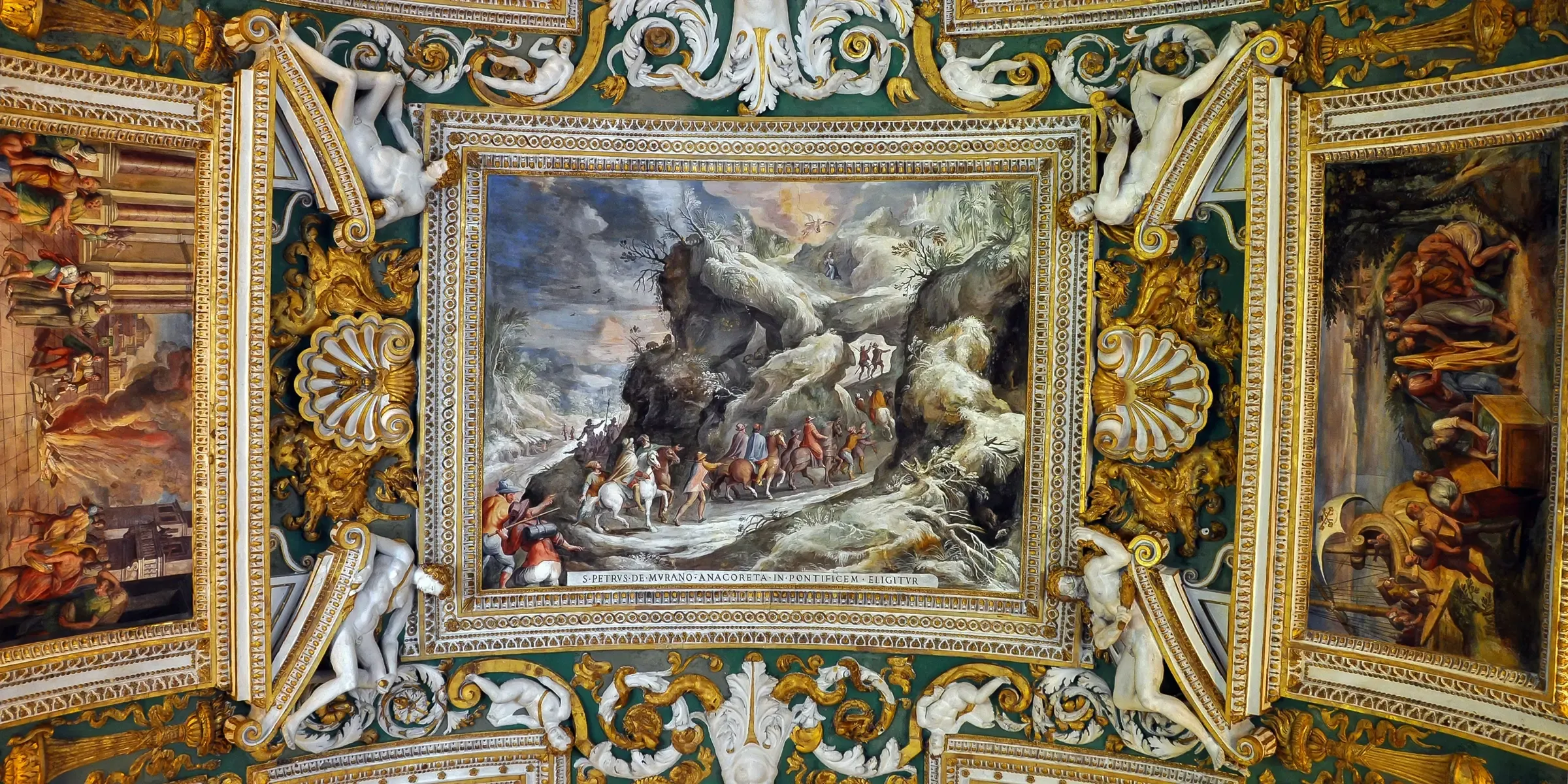
Centuries of restoration have preserved the brilliance of Michelangelo’s frescoes and ensured structural integrity.
Modern conservation techniques continue to protect the chapel for future generations.
Impact on Art & Culture
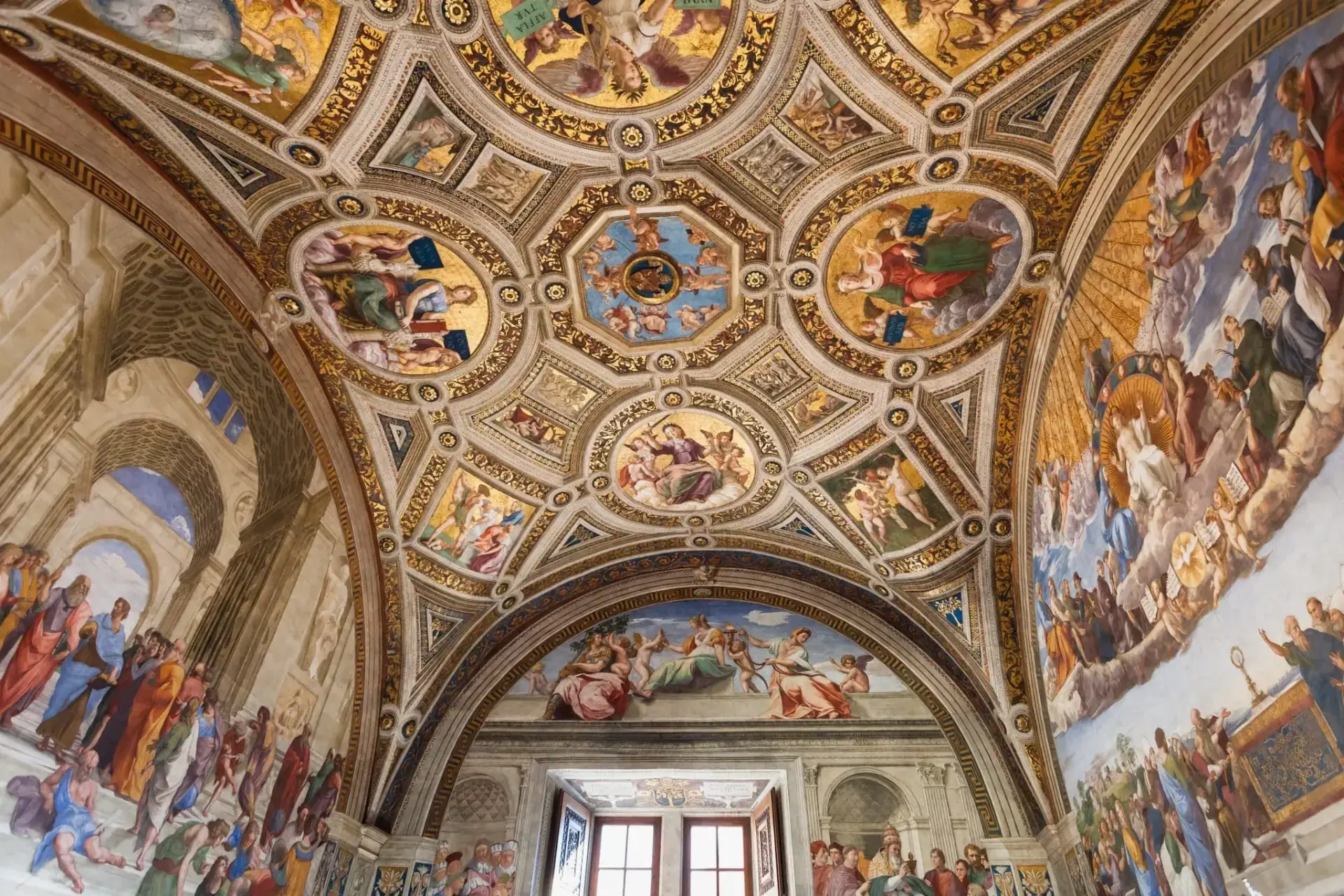
The Sistine Chapel has influenced countless artists, historians, and travelers, becoming a symbol of Renaissance mastery.
Its ceiling and altar frescoes remain a central inspiration in art, culture, and religion.
Visitor Experience Evolution
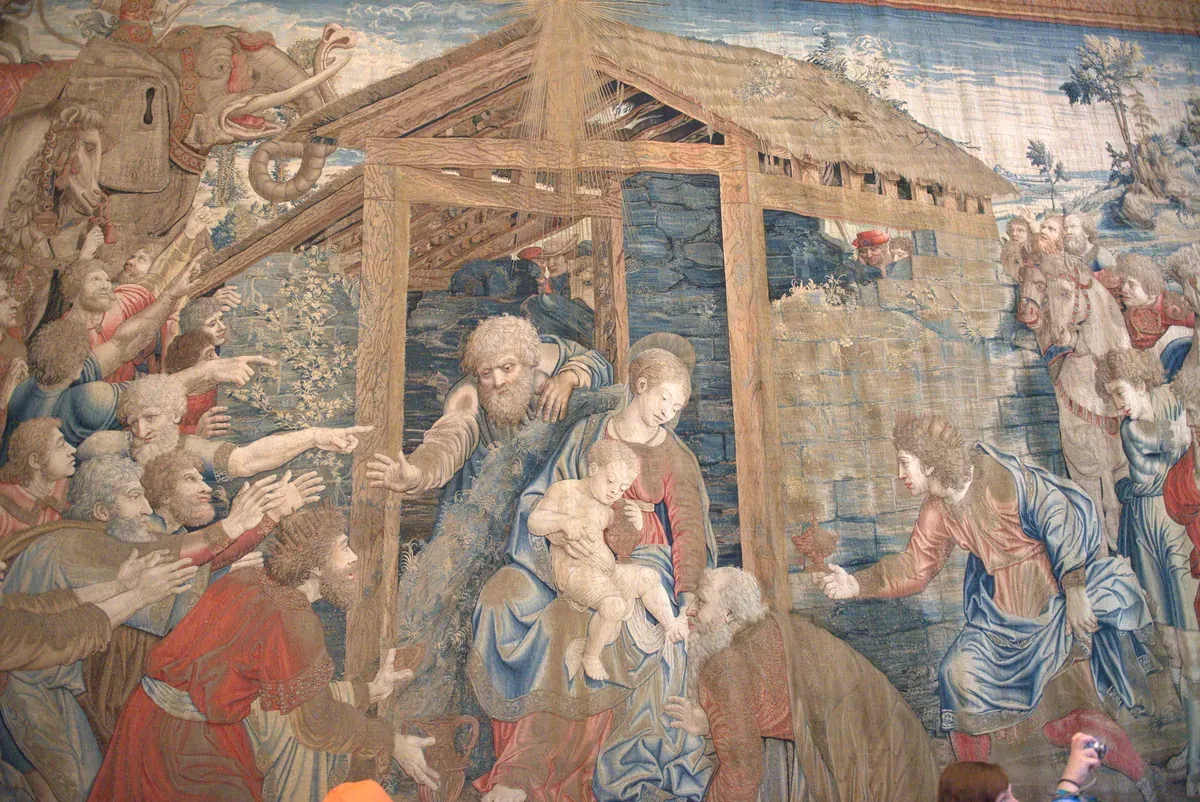
Visitor experience evolved with audio guides, educational tours, and crowd management strategies to preserve the artwork.
Visitors can now appreciate the chapel while respecting its historical and spiritual significance.
Digital Preservation & Modern Technology
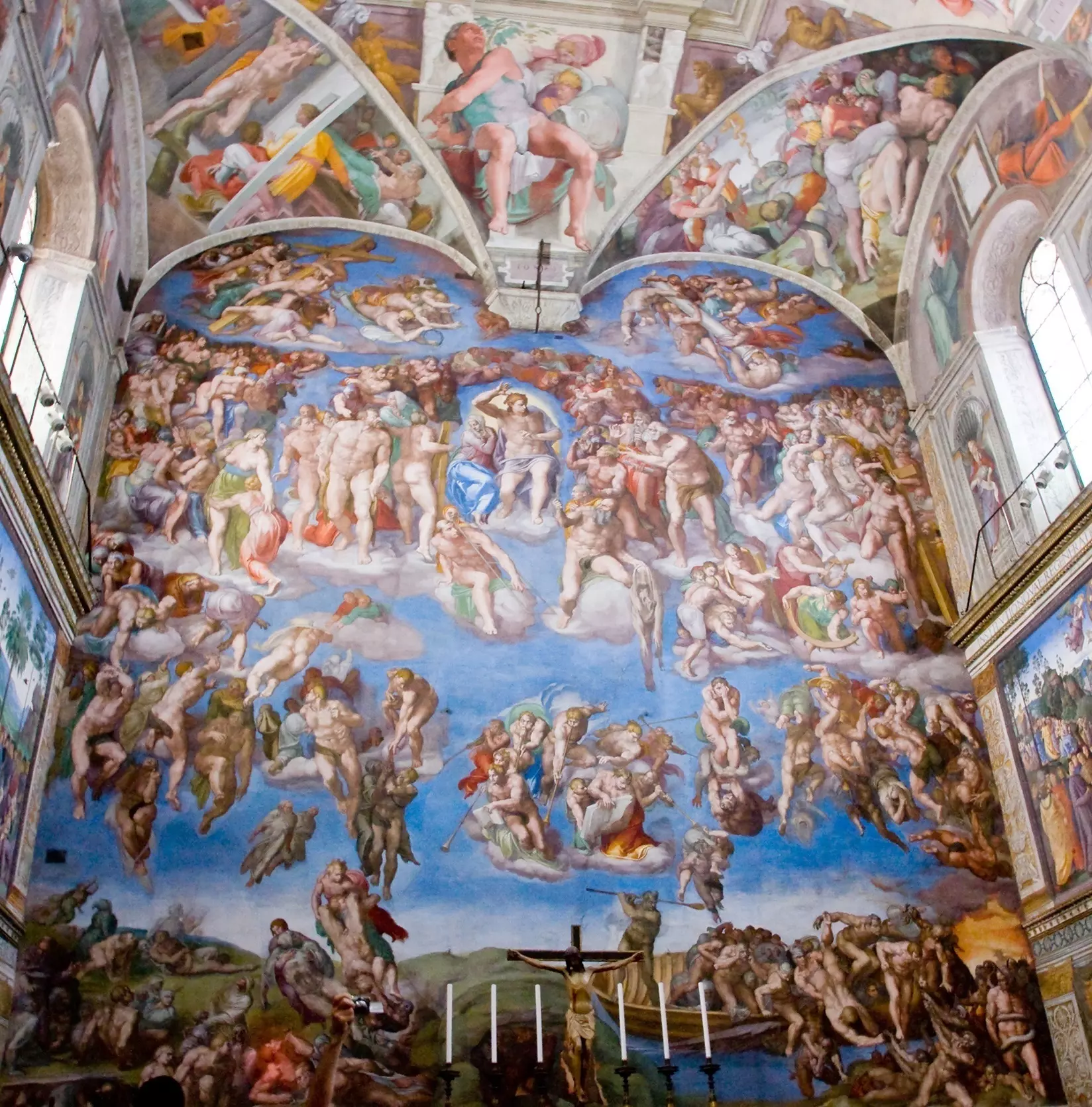
3D mapping, virtual tours, and AR apps allow people worldwide to explore the chapel remotely.
These initiatives complement traditional preservation and educational strategies.
Sistine Chapel in Popular Culture
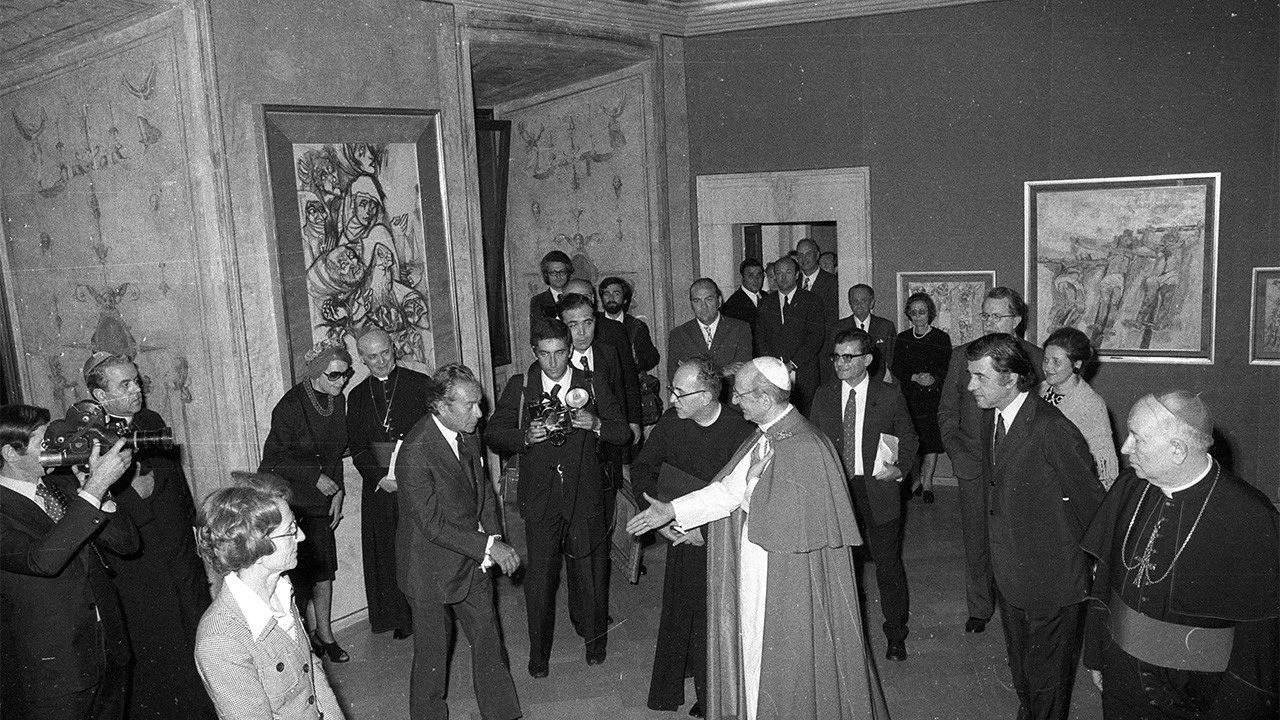
The chapel has inspired films, documentaries, and academic works, illustrating the global fascination with its art and history.
It continues to shape cultural appreciation of Renaissance art.
Visiting the Sistine Chapel Today
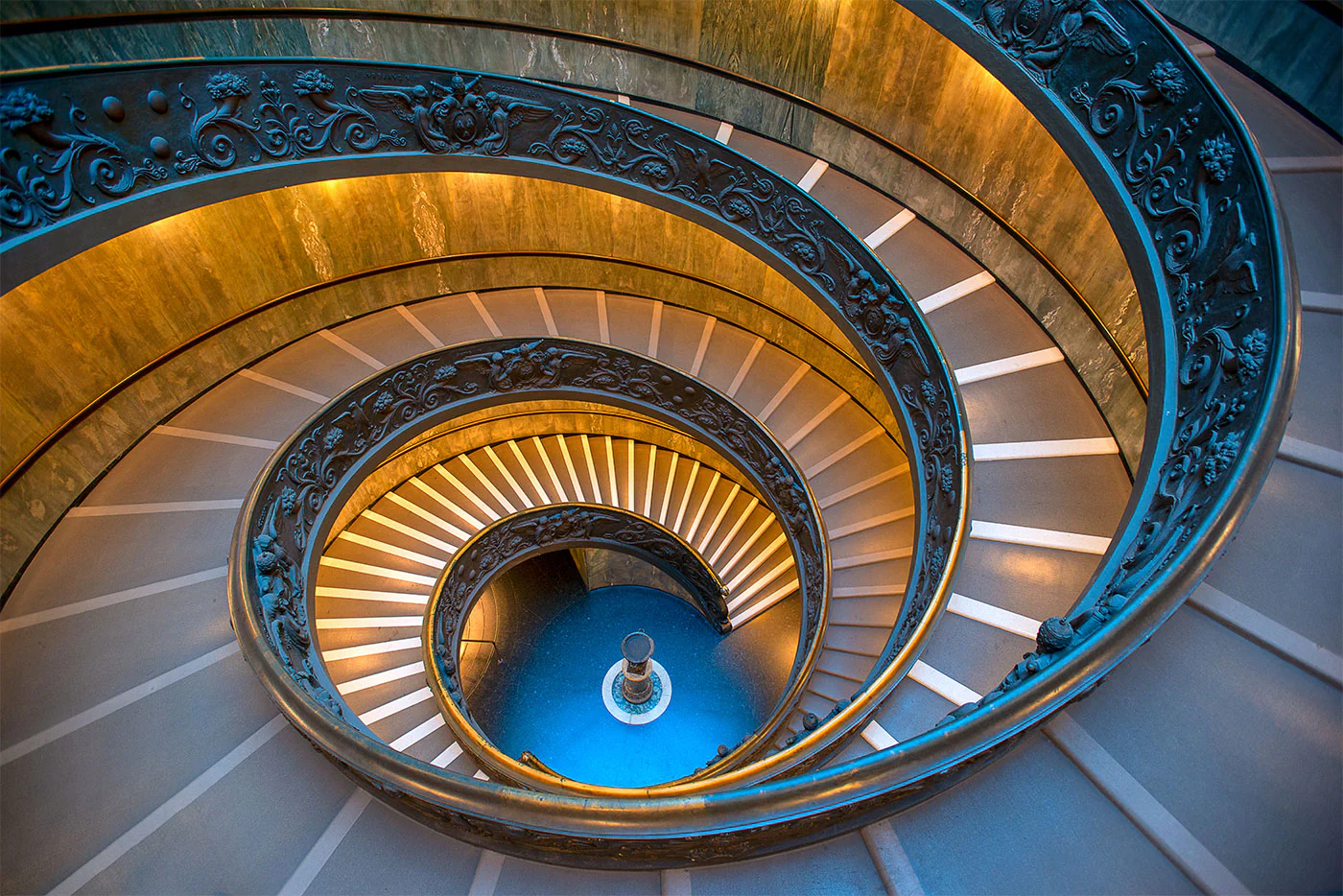
Today, the Sistine Chapel welcomes millions of visitors each year, offering a profound experience of art and spirituality.
Strict guidelines help preserve the artwork while allowing guests to appreciate its beauty and significance.
Future Preservation Plans
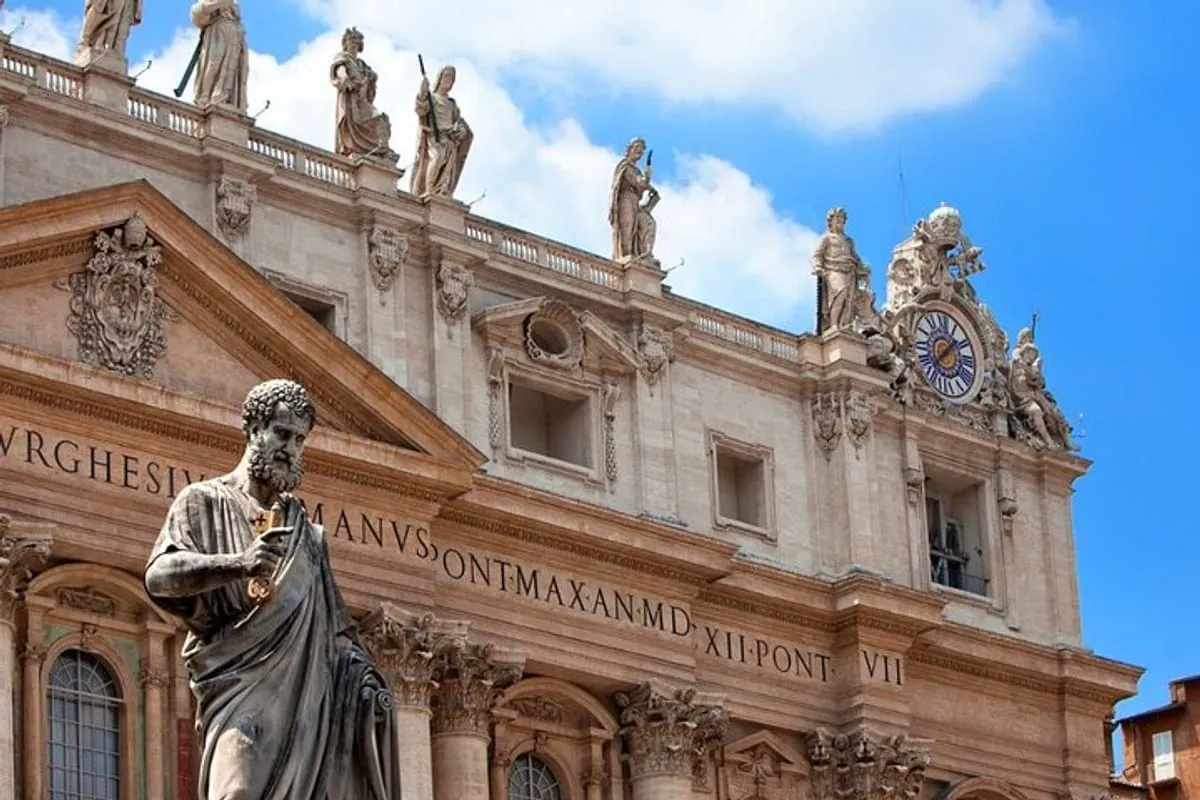
Ongoing conservation projects aim to protect the chapel's artwork from environmental damage and deterioration.
Innovative techniques, such as climate control and advanced cleaning methods, are being implemented to ensure its longevity.
Notable Artists Beyond Michelangelo
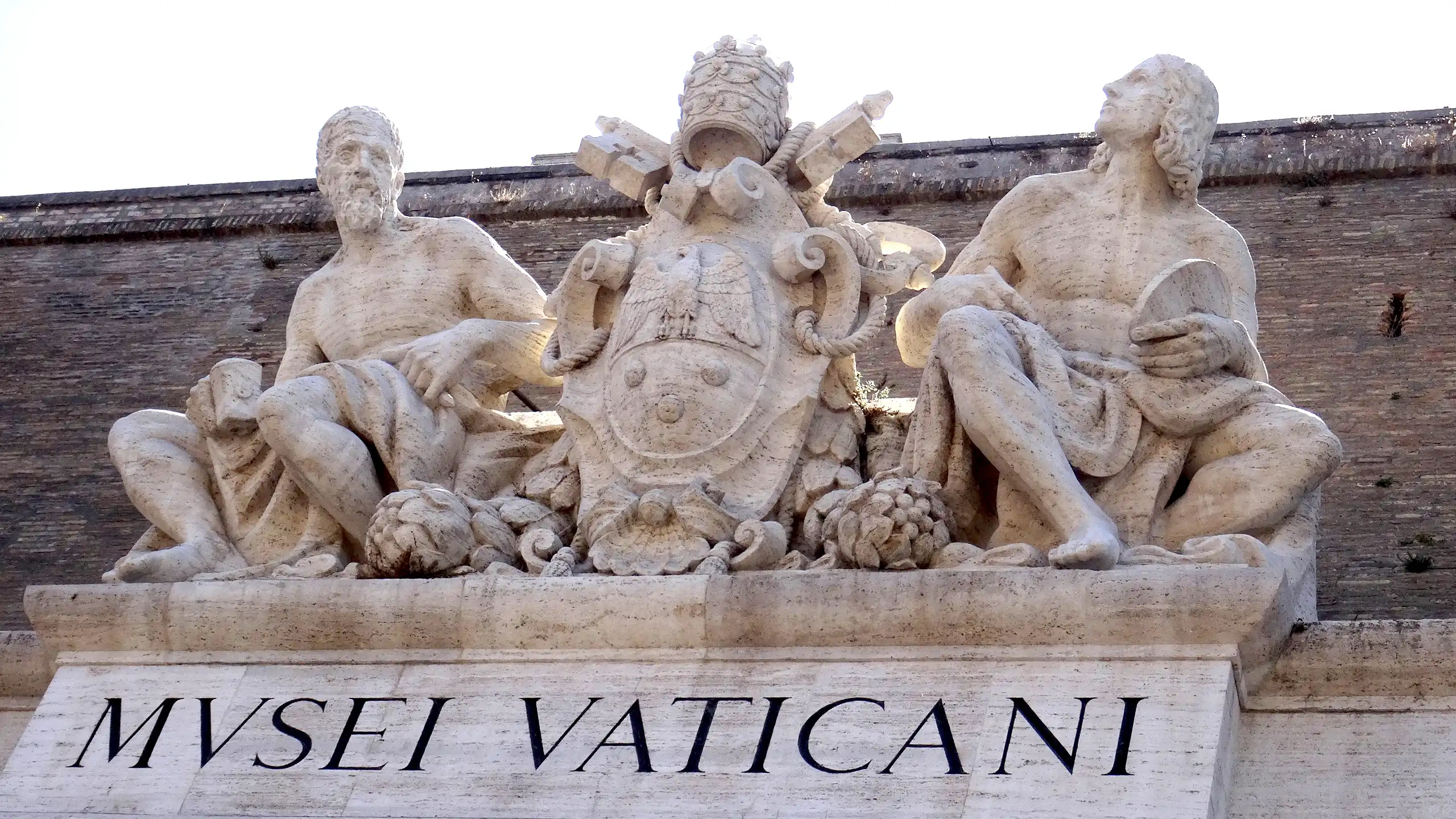
While Michelangelo is the most famous artist associated with the Sistine Chapel, several other notable artists contributed to its decoration.
These include Pietro Perugino, Sandro Botticelli, Domenico Ghirlandaio, and others who played significant roles in the chapel's artistic development.
Religious Significance Over Time
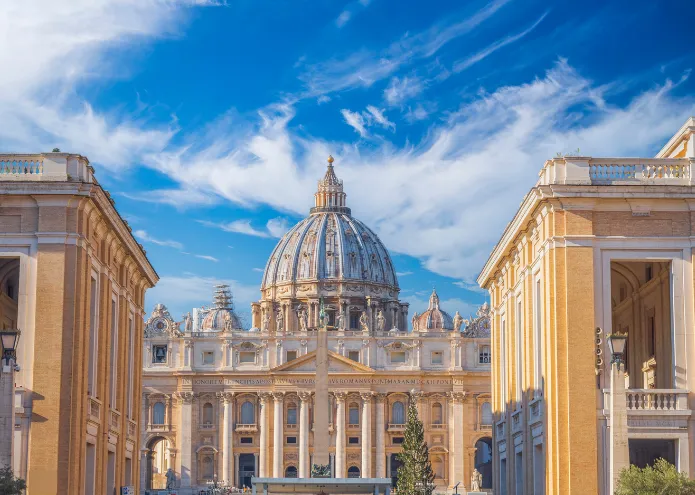
Originally a private chapel, the Sistine Chapel has become a symbol of the Catholic Church's artistic and spiritual heritage.
Its role in papal ceremonies and its status as a pilgrimage site underscore its enduring religious significance.
Table of Contents
Origins & Early Papal Commission

The Sistine Chapel was commissioned by Pope Sixtus IV in 1473 to serve as the papal chapel for Vatican ceremonies.
The initial design and construction reflected Renaissance ideals, emphasizing harmony, proportion, and religious symbolism.
Construction under Pope Sixtus IV

Construction of the chapel took place from 1473 to 1481, establishing a space for papal ceremonies and religious functions.
The chapel’s architecture set a precedent for combining functionality with artistic grandeur.
Michelangelo’s Ceiling Frescoes

Between 1508 and 1512, Michelangelo painted the ceiling frescoes depicting scenes from Genesis, creating a landmark of Renaissance art.
The combination of anatomical precision, dramatic storytelling, and spiritual depth cemented Michelangelo’s legacy.
The Last Judgment & Later Additions

Completed in 1541, The Last Judgment adorns the altar wall, showcasing dynamic figures and theological themes.
Additional artworks, including decorative details by other artists, enriched the chapel’s interior over the centuries.
Restoration and Preservation Efforts

Centuries of restoration have preserved the brilliance of Michelangelo’s frescoes and ensured structural integrity.
Modern conservation techniques continue to protect the chapel for future generations.
Impact on Art & Culture

The Sistine Chapel has influenced countless artists, historians, and travelers, becoming a symbol of Renaissance mastery.
Its ceiling and altar frescoes remain a central inspiration in art, culture, and religion.
Visitor Experience Evolution

Visitor experience evolved with audio guides, educational tours, and crowd management strategies to preserve the artwork.
Visitors can now appreciate the chapel while respecting its historical and spiritual significance.
Digital Preservation & Modern Technology

3D mapping, virtual tours, and AR apps allow people worldwide to explore the chapel remotely.
These initiatives complement traditional preservation and educational strategies.
Sistine Chapel in Popular Culture

The chapel has inspired films, documentaries, and academic works, illustrating the global fascination with its art and history.
It continues to shape cultural appreciation of Renaissance art.
Visiting the Sistine Chapel Today

Today, the Sistine Chapel welcomes millions of visitors each year, offering a profound experience of art and spirituality.
Strict guidelines help preserve the artwork while allowing guests to appreciate its beauty and significance.
Future Preservation Plans

Ongoing conservation projects aim to protect the chapel's artwork from environmental damage and deterioration.
Innovative techniques, such as climate control and advanced cleaning methods, are being implemented to ensure its longevity.
Notable Artists Beyond Michelangelo

While Michelangelo is the most famous artist associated with the Sistine Chapel, several other notable artists contributed to its decoration.
These include Pietro Perugino, Sandro Botticelli, Domenico Ghirlandaio, and others who played significant roles in the chapel's artistic development.
Religious Significance Over Time

Originally a private chapel, the Sistine Chapel has become a symbol of the Catholic Church's artistic and spiritual heritage.
Its role in papal ceremonies and its status as a pilgrimage site underscore its enduring religious significance.